Inside The New York Botanical Garden
Conservatory
Posted in Around the Garden, Photography on July 16 2013, by Matt Newman
Are you a trypophobe? If so, the sight of a lotus pod might just set off your fight or flight response. This fear of “clustered holes” and similar patterns most often finds root in the fleshy, expanding seed chambers of this particular plant, though some psychologists have pointed to Photoshop and the popularity of giving people the willies on social media as a factor in the supposed spread of the phobia.
Us? We just think they’re fascinating botanical constructs.
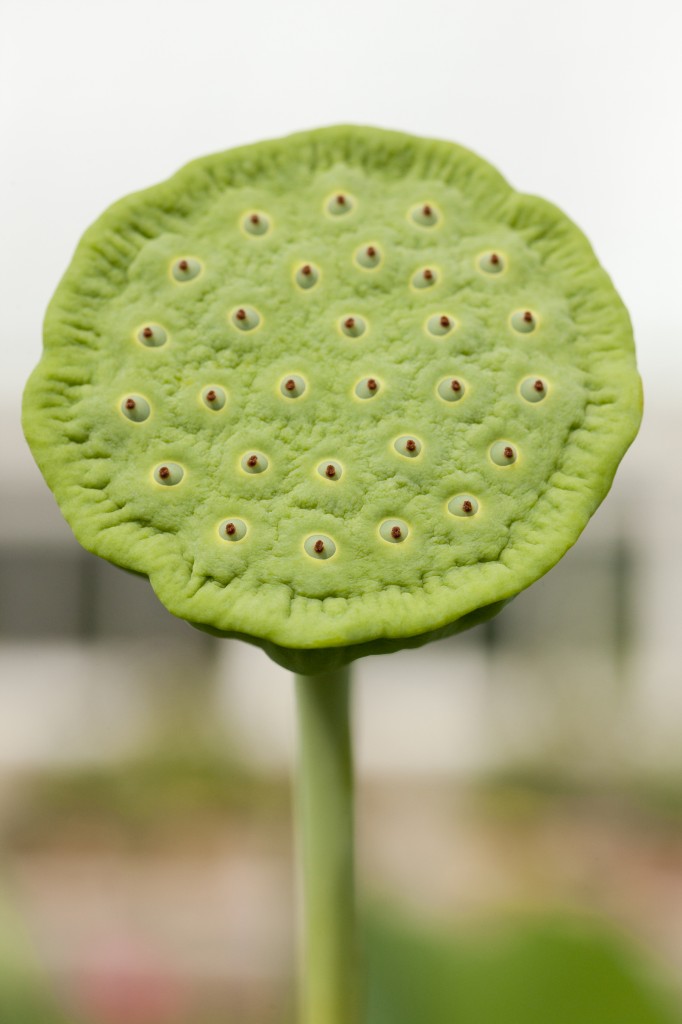
Photo by Ivo M. Vermeulen
Posted in Around the Garden, Photography on July 13 2013, by Matt Newman
Hey, keep it cool today. But do it in as tropical a manner as possible. Straw hats, cocktail umbrellas—whatever works.
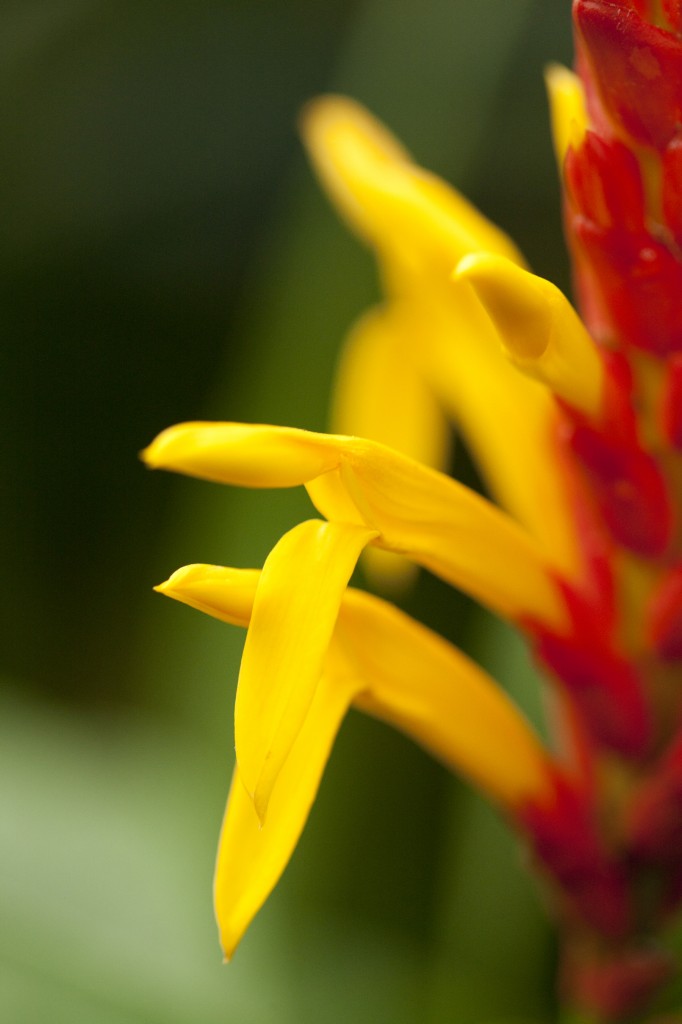
Aphelandra sp. — Photo by Ivo M. Vermeulen
Posted in Programs and Events on July 12 2013, by Matt Newman
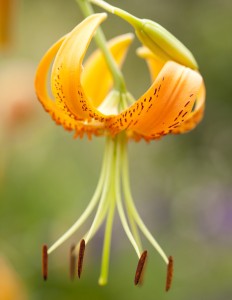 Friday, Friday, how do we love you—let me count the ways. Or the activities, at least. We’re once again toeing the weekend’s threshold here at the NYBG, and the summer blooms make for a bright lead-in to the next few days of Wild Medicine, home gardening demonstrations, and romps in the edible plots of the Ruth Rea Howell Family Garden. You might want to make a point of hitting up the Enid A. Haupt Conservatory, too. Talking greenhouses and summer in the same breath might be a bit redundant, but the colors under the glass dome make my point for me—between the lilies and thistles of The Italian Renaissance Garden, and the lollipop plants, passion flowers, and lotuses surrounding, these collections are unmissable.
Friday, Friday, how do we love you—let me count the ways. Or the activities, at least. We’re once again toeing the weekend’s threshold here at the NYBG, and the summer blooms make for a bright lead-in to the next few days of Wild Medicine, home gardening demonstrations, and romps in the edible plots of the Ruth Rea Howell Family Garden. You might want to make a point of hitting up the Enid A. Haupt Conservatory, too. Talking greenhouses and summer in the same breath might be a bit redundant, but the colors under the glass dome make my point for me—between the lilies and thistles of The Italian Renaissance Garden, and the lollipop plants, passion flowers, and lotuses surrounding, these collections are unmissable.
Speaking of unmissable, 2013’s first Family Dinner with Mario Batali’s chefs is fast approaching, and tickets are still available for this summer evening in the Family Garden. We’ve even got a menu up on the main page for the July 28 event! And if Mozzarella di Bufala and Pistachio Olive Oil Cake sound like your kind of eats, you’re headed in the right direction. Check out the offerings, maybe take a peek at the restaurants involved (you won’t be disappointed in the visiting chefs’ qualifications), and register while you still can!
Just one last reminder: while most of the 2013 Summer Intensives have already started, hopeful gardeners looking to earn a certificate from one of the most prestigious horticulture schools in the world still have a day or two to sign up for our Gardening Summer Intensive. You can see what it’s all about here.
As we saunter on into summer, we’ll have more events for you, too. For now, check our weekend schedule below.
Read More
Posted in Around the Garden, Photography on July 12 2013, by Matt Newman
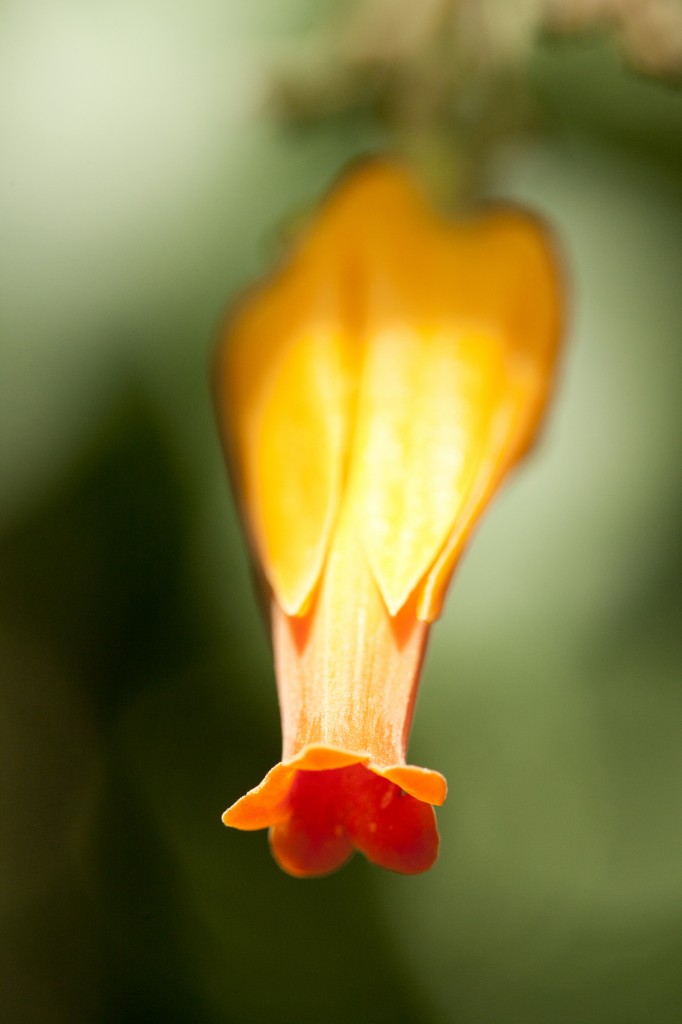
Juanulloa mexicana — Photo by Ivo M. Vermeulen
Posted in Around the Garden, Photography on July 11 2013, by Matt Newman
And now for something on the dusky end of the spectrum…
What? It can’t all be fire engine reds and neon yellows!
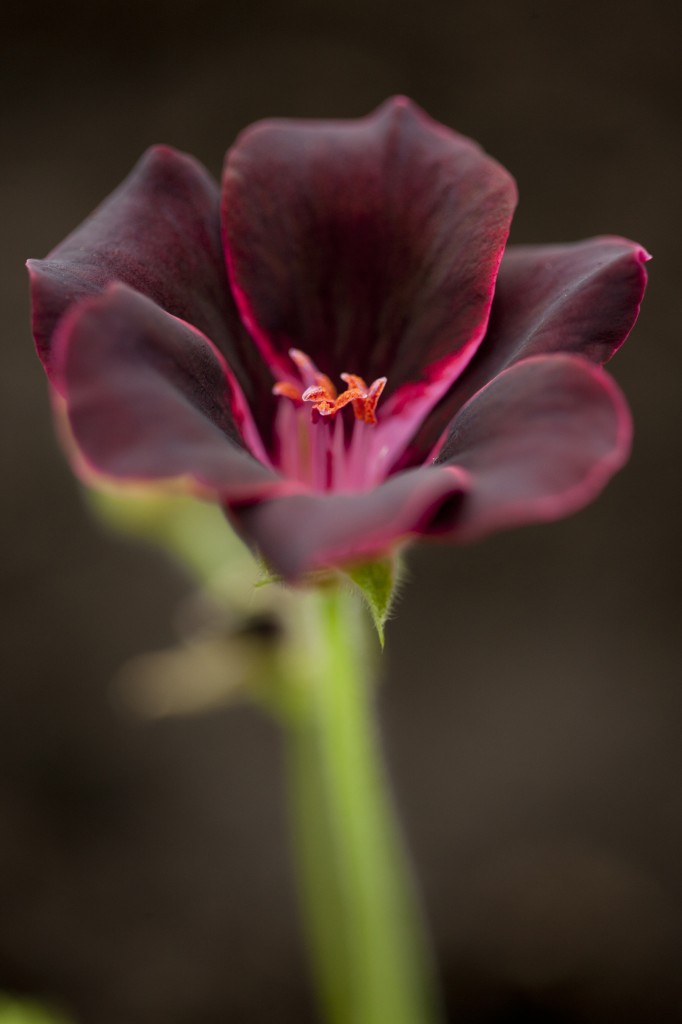
Pelargonium ‘Lord Bute’ — Photo by Ivo M. Vermeulen
Posted in Around the Garden, Photography on July 1 2013, by Matt Newman
What’s the size of a popcorn bowl, an enduring symbol around the world, and making a scene in our Conservatory Courtyard?
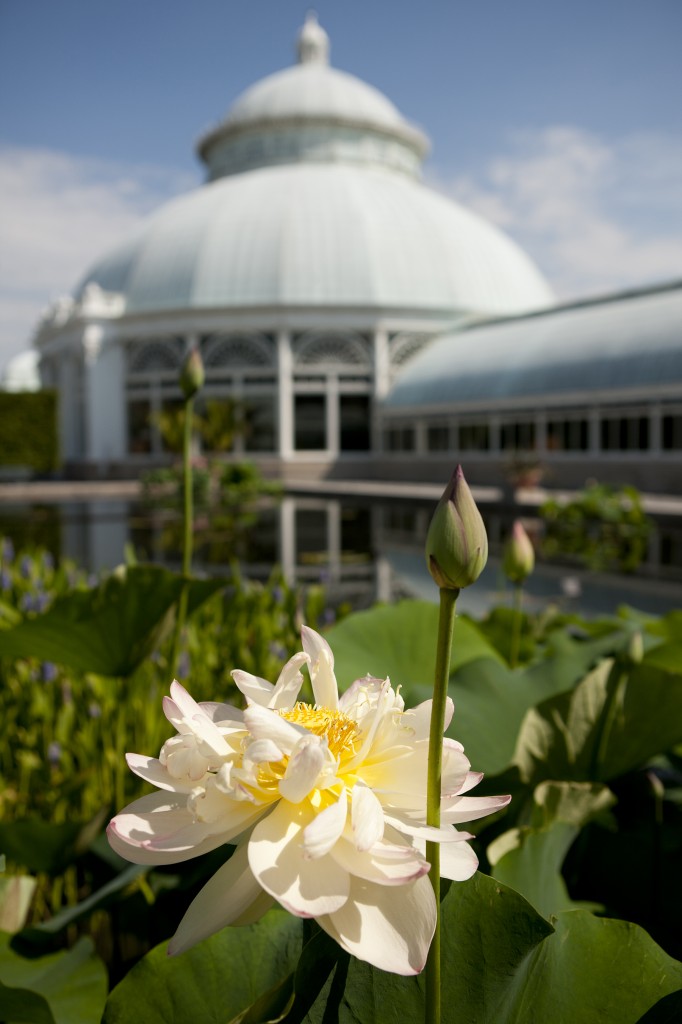
Photo by Ivo M. Vermeulen
Posted in Around the Garden, Photography on June 28 2013, by Matt Newman
“Then it was that the monstered moth
Which had lain folded against the blue
And the colored purple of the lazy sea,
And which had drowsed along the bony shores,
Shut to the blather that the water made,
Rose up besprent and sought the flaming red
Dabbled with yellow pollen—red as red
As the flag above the old cafe——”
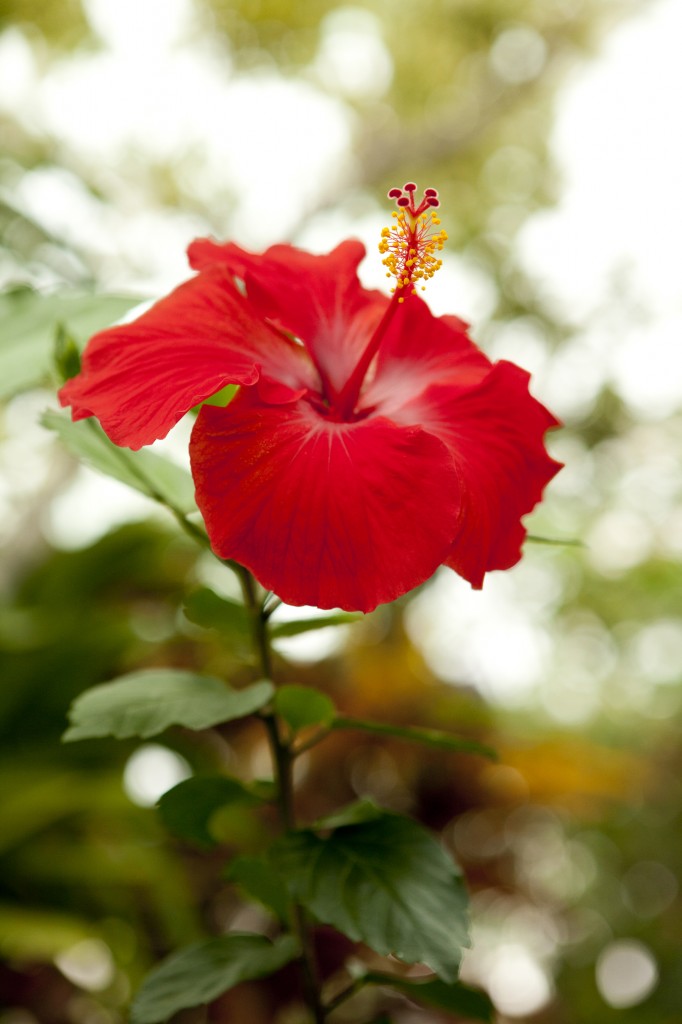
Photo by Ivo M. Vermeulen
Posted in Around the Garden, Photography on June 18 2013, by Matt Newman
Nothing subdued, or coy, or hesitant to be found in the Enid A. Haupt Conservatory. Just a mouthy spring, shouting its rainbow.
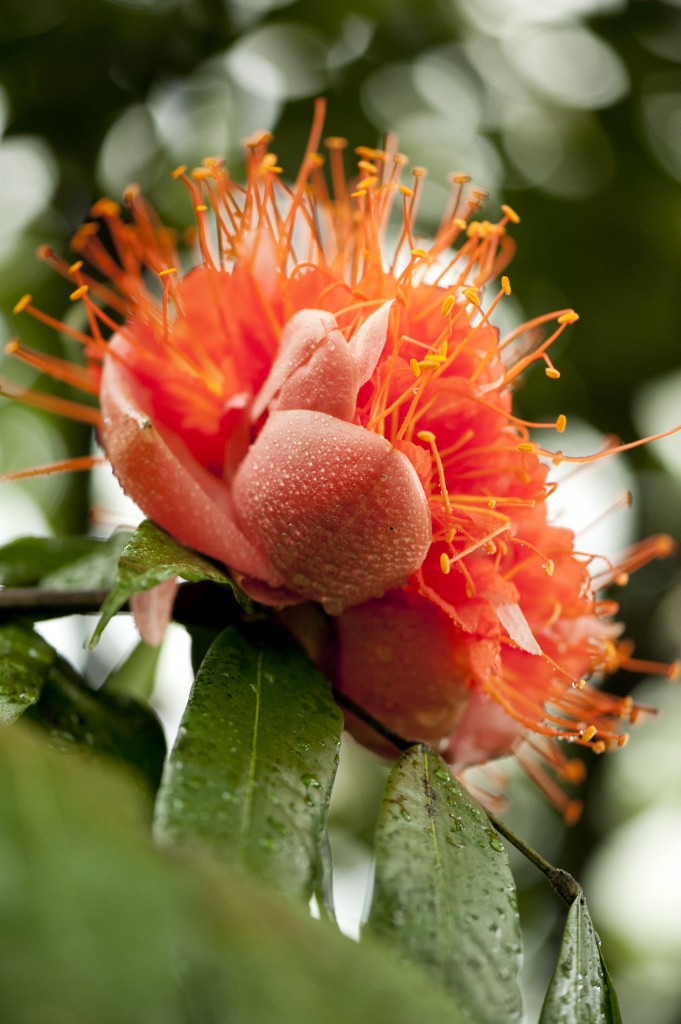
Brownea macrophylla — Photo by Ivo M. Vermeulen
Posted in Around the Garden, Photography on June 12 2013, by Matt Newman
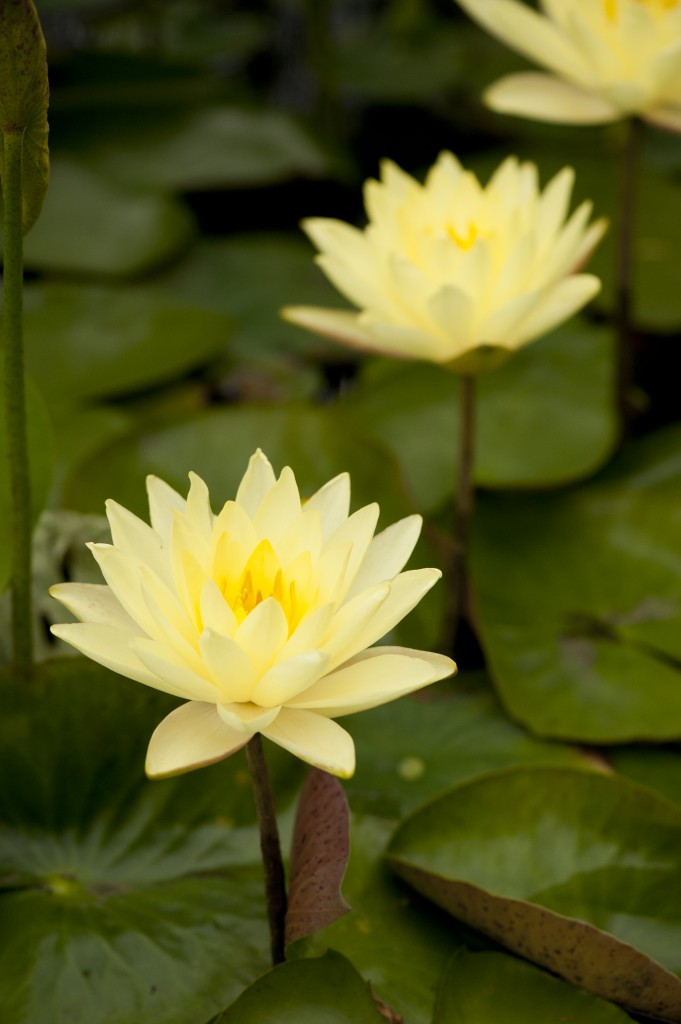
Photo by Ivo M. Vermeulen
Posted in Around the Garden on March 25 2013, by Jessica Clarke
Jessica Clarke is the Associate Curator of Glasshouse Collections at The New York Botanical Garden.
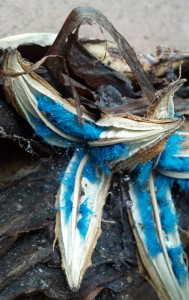 Ravenala madagascariensis, better known as traveler’s palm, is a plant endemic to Madagascar which can be found in our very own Enid A. Haupt Conservatory (Palm Dome). In addition to its very attractive fan-shaped arrangement of leaves, it has another unique attribute that isn’t often witnessed.
Ravenala madagascariensis, better known as traveler’s palm, is a plant endemic to Madagascar which can be found in our very own Enid A. Haupt Conservatory (Palm Dome). In addition to its very attractive fan-shaped arrangement of leaves, it has another unique attribute that isn’t often witnessed.
Like a jewel box opening up, its dried brown fruit pod splits apart to reveal remarkable sapphire-colored seeds inside. The reason that they are blue? It can be considered a “tale of two endemics,” or the supposed co-evolution of the traveler’s palm with another species found only in Madagascar—the ruffed lemur.
The lemurs are astute pollinators of Ravenala; they use their long tongues to reach the nectar deep inside the flowers. In this way, they collect and transfer pollen on their snouts from plant to plant. Once pollinated, the flowers develop into seed pods, which mature and dry before splitting to expose the bounty inside. The fuzzy blue appendage, or aril, that is attached to the seed is edible—and it encourages animals to eat it and aid in seed dispersal. In this case the animal that it solely appeals to is the lemur, which is only capable of seeing shades of blue and green.
Read More










